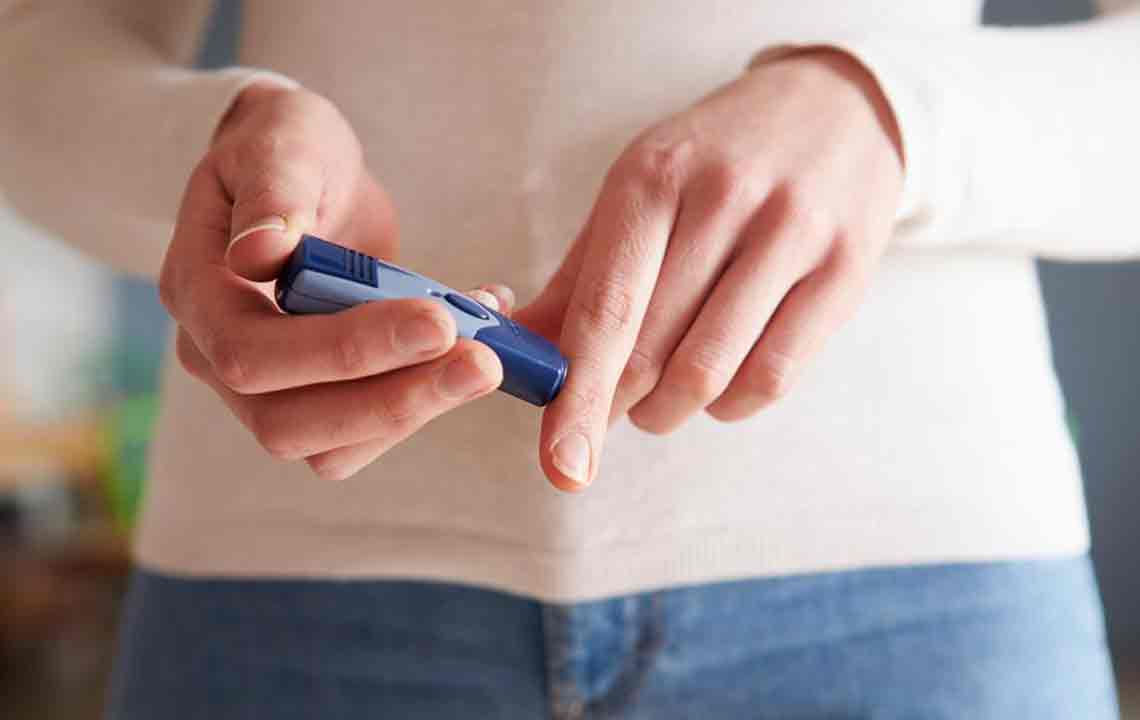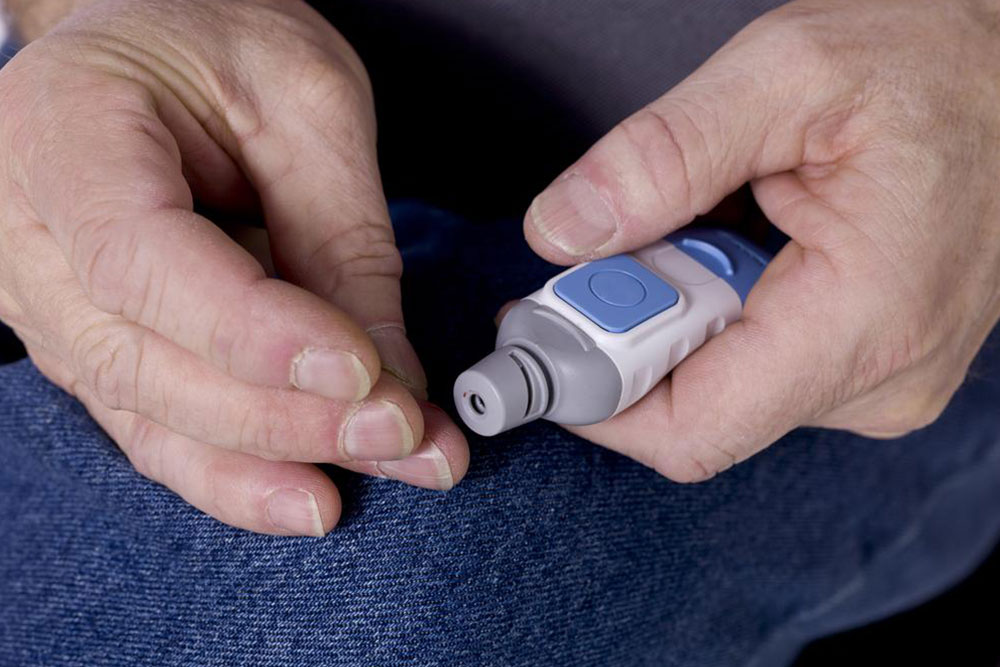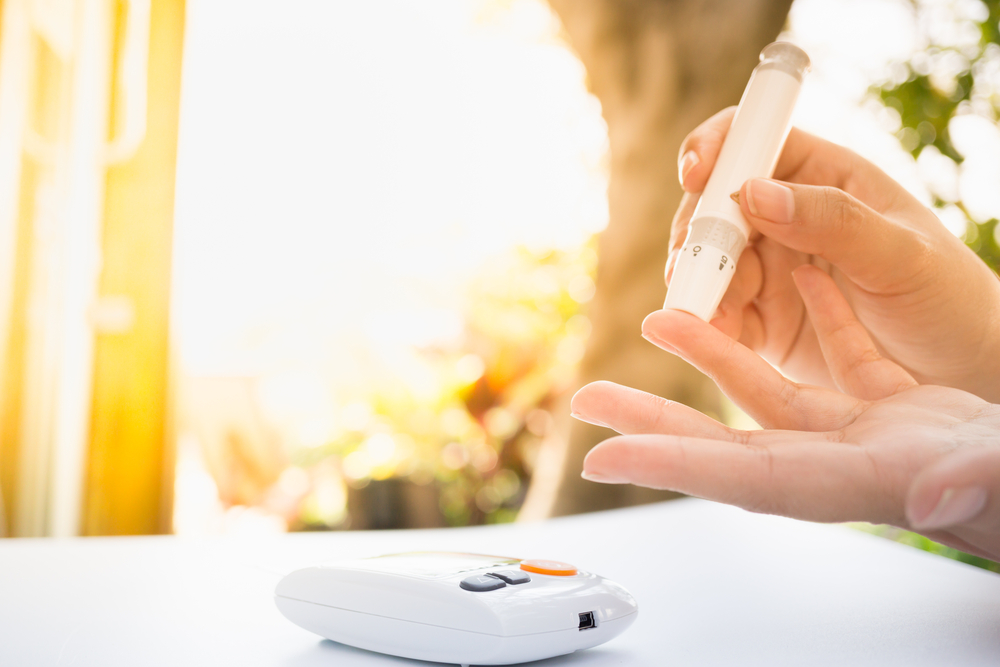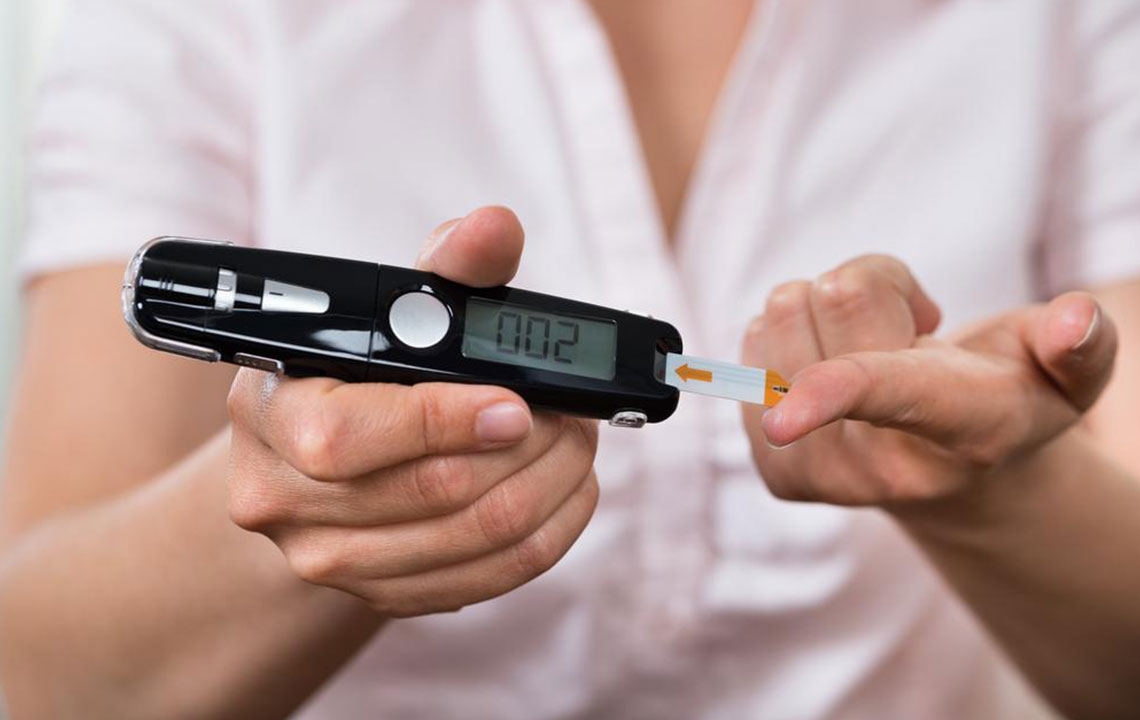The Significance of Monitoring Blood Glucose Levels Chart
Learn why tracking blood glucose through charts is vital for diabetes management. This article covers when and how to check blood sugar levels, factors influencing readings, and tips for effective monitoring to optimize health and treatment outcomes.
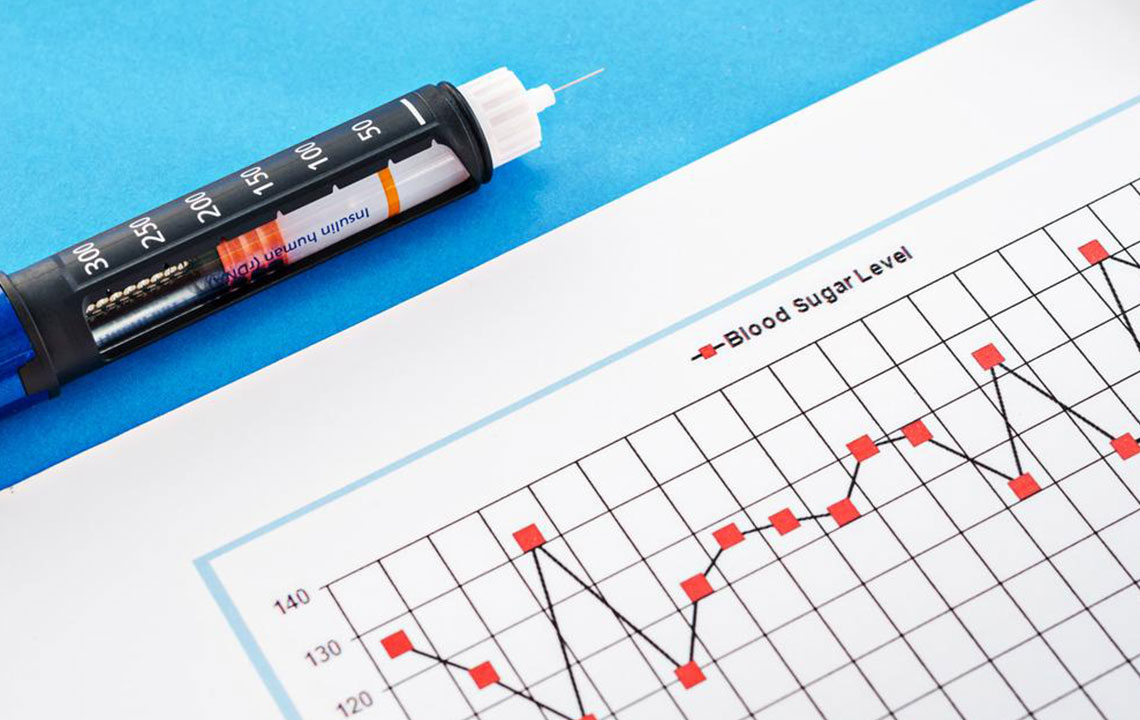
The Significance of Monitoring Blood Glucose Levels Chart
Blood glucose refers to the amount of sugar present in the bloodstream. The body maintains blood sugar within a healthy range to support metabolic processes. Glucose serves as the main energy source for blood cells and fats. Normally, blood sugar is low in the morning and increases after eating.
If blood sugar levels deviate from normal ranges, medical intervention may be needed. A blood glucose chart tracks fluctuations in blood sugar and insulin throughout the day, indicating when levels are high or low, aiding better management.
Monitoring your blood glucose with a chart helps you identify your levels before and after meals. Here’s why this is crucial:
Blood glucose tracking is essential for diabetes management, enabling assessment of progress toward health goals.
It helps evaluate how diet, exercise, and lifestyle choices impact blood sugar control.
Understanding how illness and stress influence blood sugar can improve management strategies.
If on medication, a chart reveals how well treatments are effective.
The chart also highlights episodes of hypoglycemia or hyperglycemia.
Optimal times to check your blood glucose levels:
Your healthcare provider determines the appropriate testing schedule based on your diabetes type. The frequency depends on your condition and treatment plan.
In type I diabetes, testing may be recommended 4 to 8 times daily—before meals, snacks, exercise, and bedtime. Tests might include overnight checks if necessary. Recording these results helps your doctor monitor your progress. During illness or medication changes, more frequent checks are advised.
For type II diabetes, testing is typically done twice daily or more, especially if insulin is used. Tests before meals and at bedtime help assess insulin effectiveness. If managed with non-insulin medications, daily testing may not be necessary.
Factors influencing your blood glucose readings include:
Your age
Type and duration of diabetes
Pregnancy status
Presence of complications
Overall health condition
Most patients aim for blood glucose levels between 80-120 mg/dL if under 60 years old without other health issues. Those over 60 or with additional health conditions are advised to keep levels between 100-140 mg/dL.
Blood glucose testing devices:
A small electronic meter is used to measure blood sugar. A drop of blood, usually from the fingertip, is placed on a disposable strip and inserted into the device for reading. These user-friendly devices allow self-testing at home, though guidance from healthcare professionals is recommended initially.
Results should be documented, noting the time, date, medication, diet, exercise, and test outcomes. Proper record-keeping aids in effective management and adjustment of treatment plans.

